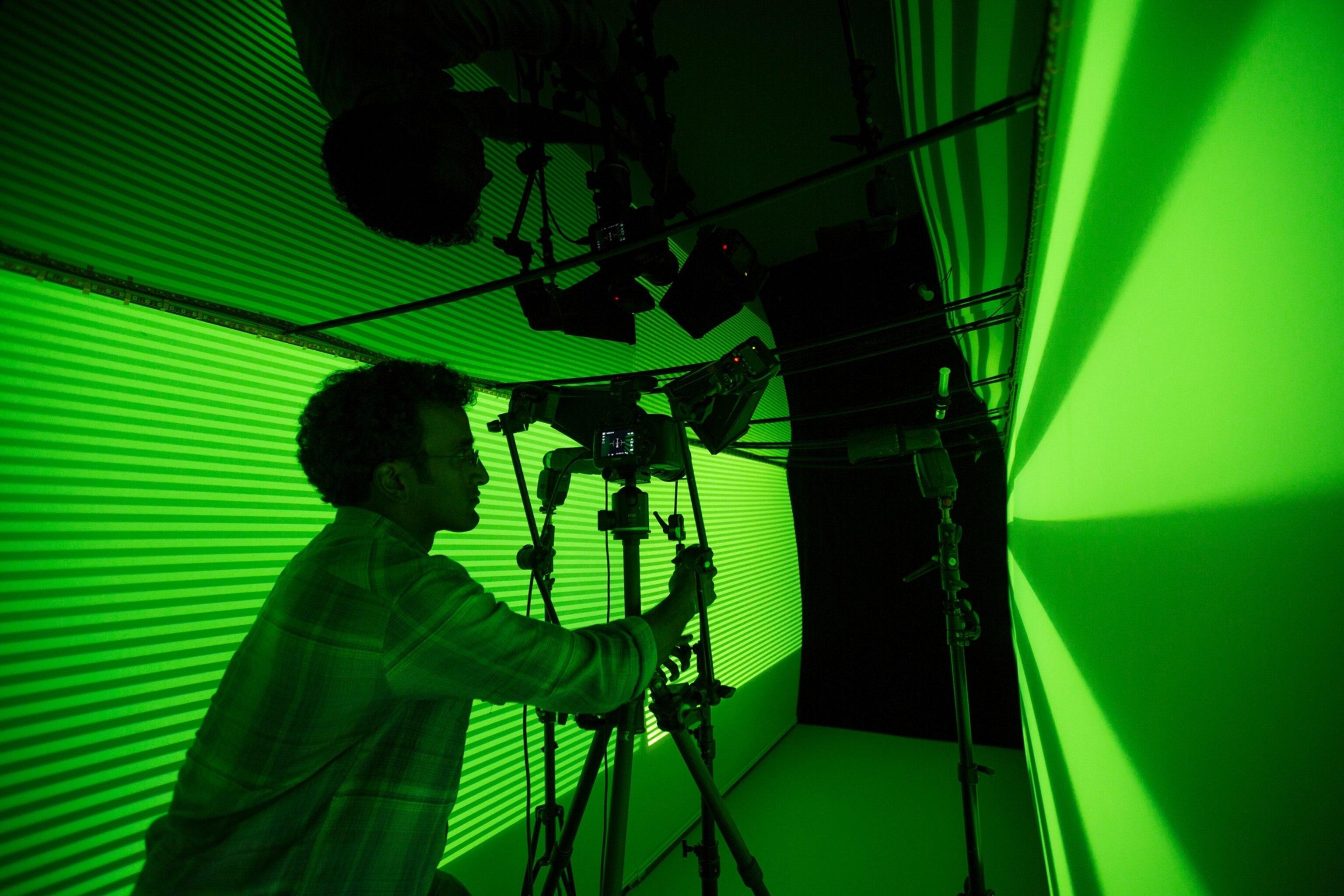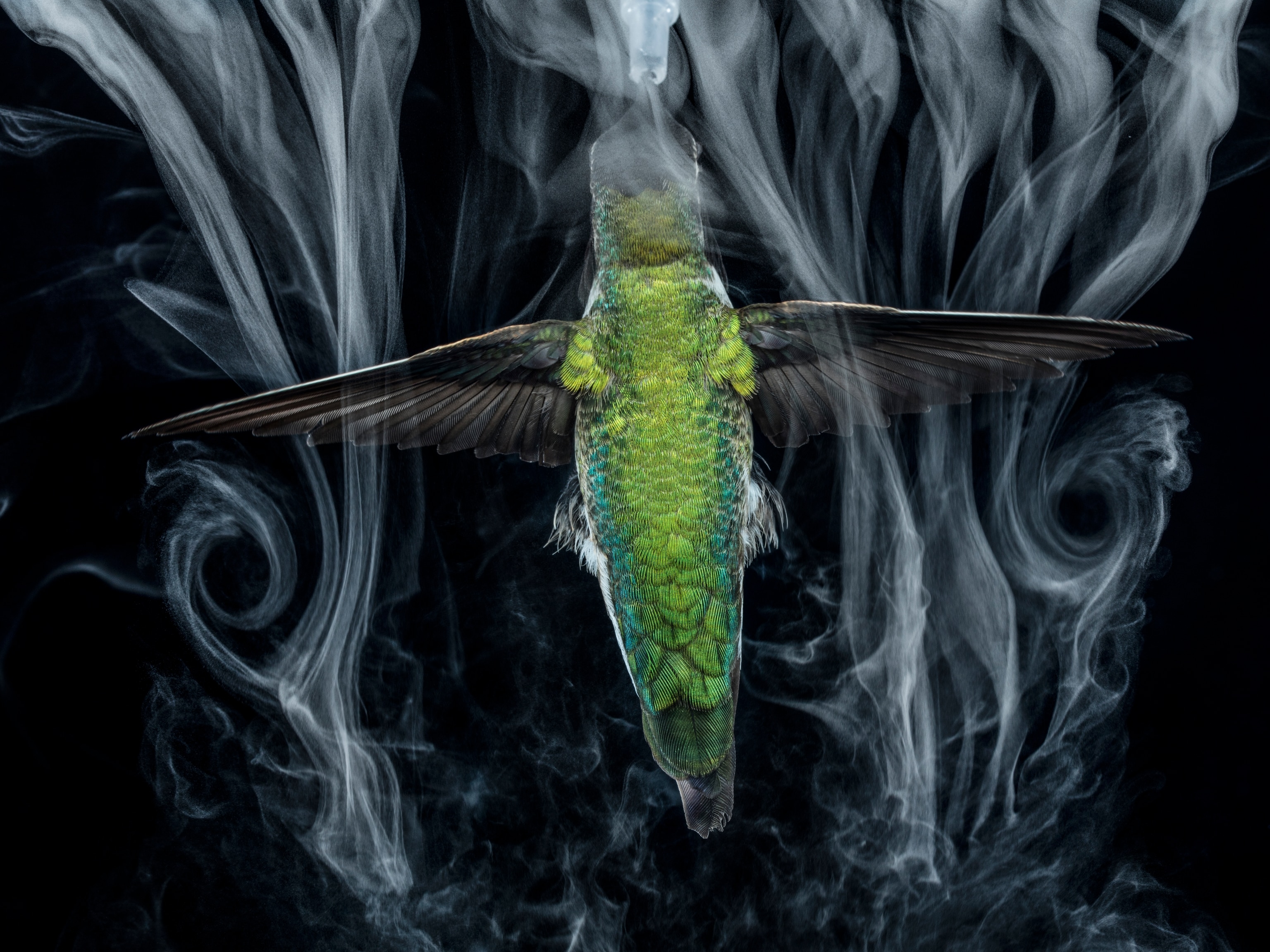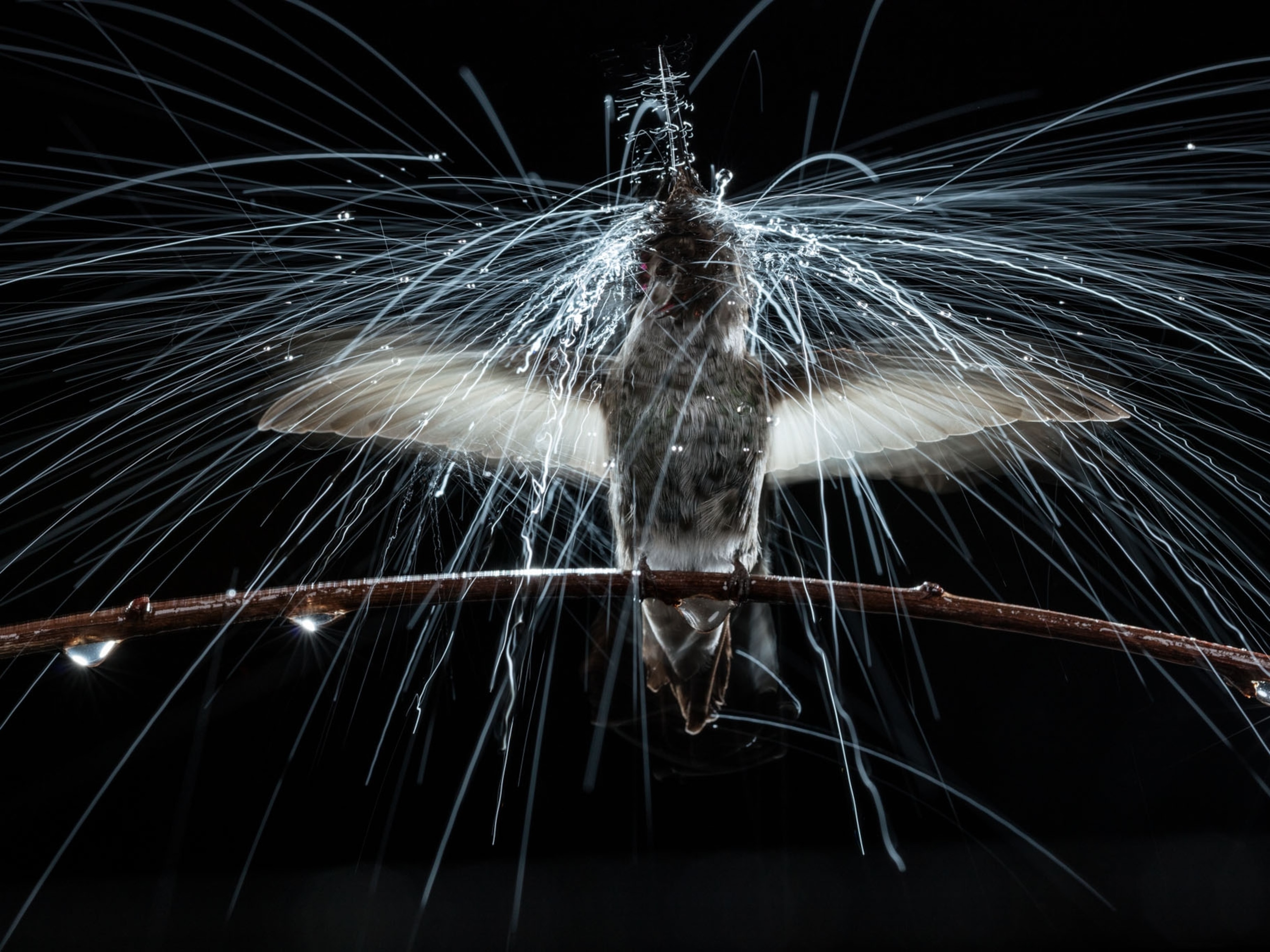
How to Capture a Hummingbird Mid-Flight
Thanks to custom-made cameras, National Geographic's 10th hummingbird story shows the bird like you've never seen seen it before.
When photographer Anand Varma first pitched us a story about hummingbirds in 2011, he says we told him: “That’s boring. Every photo of a hummingbird that can be taken, has been taken.”
I wish we’d been more polite than that because, as you’ll see in this issue, such a response would make us not only rude but wrong. In fact, no one has seen photos quite like this before—and that’s especially true of Varma’s video of hummingbirds in action.
One of our principles of storytelling at National Geographic is, “Do what others can’t.” Others may not have our global reach, our crazy ambition, or the depth of our visual and reportorial journalism. In this case they don’t have Anand Varma and his ability to photograph animal behavior and movement in a new way.
“At first I imagined myself as a conventional wildlife photographer who would document animals in their natural habitat,” Varma says. “Then I learned that photographing creatures in a controlled environment allowed me to reveal details that wouldn’t be visible any other way.”
What kind of details? When it comes to hummingbirds, there are many extraordinary traits. Their wings can flap as fast as a hundred times a second. In horizontal flight they can go at least 35 miles an hour, and males’ courtship dives can hit 60 miles an hour.
To capture these marvels, Varma worked in a lab equipped with still cameras that can record action within 1/13,500 of a second, video cameras that shoot 3,000 frames a second, and tools that he designed. To get just the right view of a hummingbird’s tongue, he had a glassblower make a tiny basin with a spout at one end. Varma filled it with nectar he concocted—and trained hummingbirds to drink from it.
Back in 2011 we were right about one thing: We’ve done a lot of hummingbird stories. This is the 10th in our 129-year history. But this one stands out for its use of technology to create unique images and advance knowledge.
As Varma says, “I take a very technical approach because I want to find new ways of visualizing familiar creatures. My hope is to capture people’s imagination and inspire them to see the world with a renewed sense of wonder.”
Thank you for reading National Geographic.





